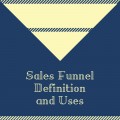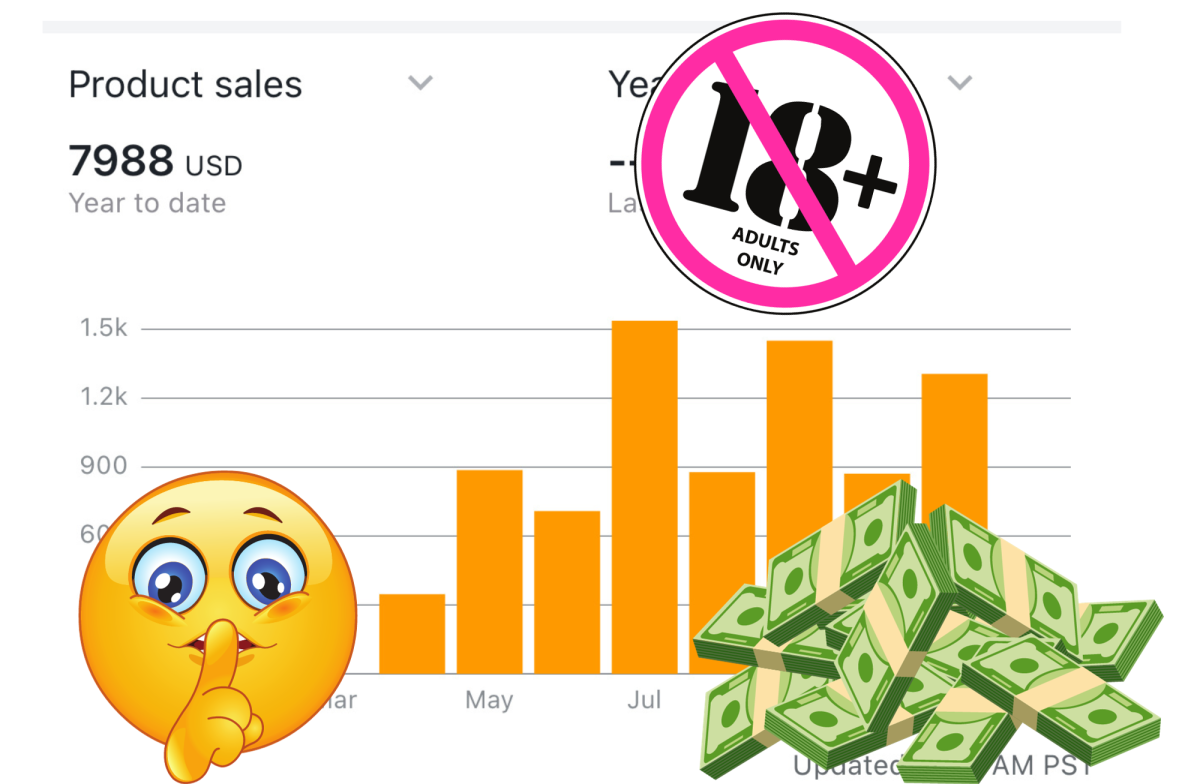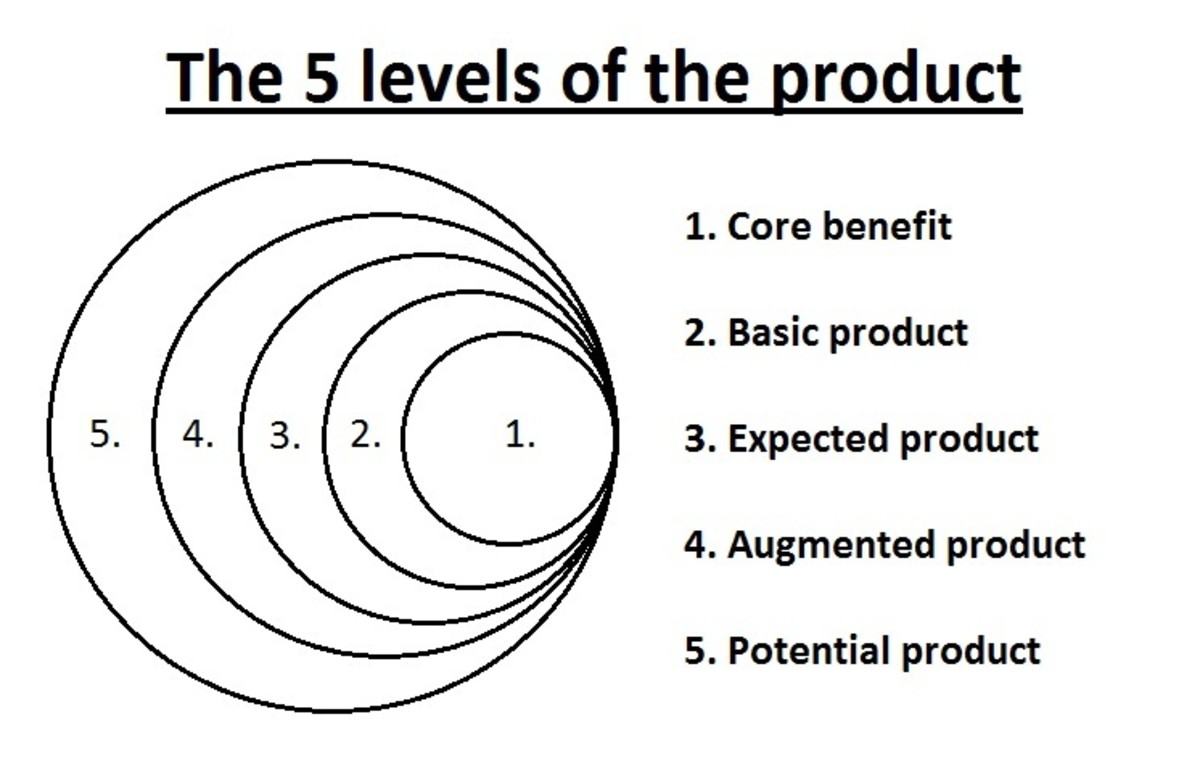Financial Forecasting Methods - The Historical Sales Forecasting Method
Forecasting sales, holds an extremely significant position in business and budget planning of any business, be it a small one or a larger entrepreneurship. Almost all the businesses include their sales forecast as one of the major activities on monthly, quarterly and yearly basis. Sales forecasting helps a company to determine its financial expectations in coming quarters or year, according to the targets they set. Various sales forecasting software are now designed to assist them in these activities.
Many techniques have been determined over the years, for forecasting sales, usually by the marketing gurus and the companies that fall in different categories with respect to the business domain, the geographic dimensions, product variations and customer choices. The data included in forecasting sales is collected from various sources, which are specific to the domain being considered for the forecast.
Below is explained a typical historical sales forecast method, which has been used traditionally and is still used majorly in small scale, medium scale and large scale businesses. This is the most fundamental forecasting method. The other important methods used for sales forecasting are - top down and bottom up.

Historical sales forecasting
This forecast is an incremental forecast method, in which the gross sales figures and statistics from the previous forecast and their benchmark with the actual attained results, initiate the current forecast. Various additional factors are being added to the results of the previous forecast to determine the forthcoming sales figures and expectations.
The method begins with the historical data and information, along with some additional conditions appended to them. The data involves the known facts like what was sold, how was it sold, where was it sold, how much were the profits, how much investments went into the promotion, etc. Additional factors may involve the current competitive assumptions, certain demographic changes and product updates, if any.
These additional conditions are usually identified and calculated by the higher management of the business, keeping the particular product and its marketing strategies in mind.The simplest and most basic forecast can be a forecast of 10% increase in sales from the previous quarter. The details will include how this sale can be attained, what changes are required and what are the favorable market conditions that can help.
Components that can determine historical sales forecast
Obviously, a forecast can not merely be done, keeping in mind the historical facts and information. That data can only help in building the base of the current forecast. The forecaster needs the latest current data and information related to various factors, in order to make the forecast. The main elements which govern this forecast activity are:
1)Historical sales information: This information includes the quantity of the product sold and the cost per piece. Both are essentially needed as change in price of the product, may lead to vary the comparison and benchmark from the historical data. Hence, the net sales number and the selling price are both needed to forecast further accurately.
2) Additional factors: This may include the target areas where the growth can be seen, which may include any factor right from the change in place, to additional market areas and marketing strategies. This should also involve the estimated costs needed for implementing these factors and proper justifications of each.
3)Quantity of the product is needed: This determines the product quantity to be introduced in the market. Based on the historical records, the results may involve introduction of new products or reduction of certain manufactured product from previous quarter’s line. This also involves the impact on the income and cost involved in disposing off the products, which were not sold in previous forecast period. The final outcome is taken for the next forecast.
4)Other factors related to current market and economy: All other economic factors, which may affect the product sales are aggregated in this element. Any assumptions, related to the marketing plan, which may affect the price of the product, are taken into account. These factors may include area specific marketing concerns, regulatory factors and other factors like cost of raw material and resources involved. All these assumptions need to be included in the forecast.
Many big corporations have now included typically customized sales forecasting software for the entire process. It doesn’t matter, which forecasting methodology a company adopts, it is really necessary for the marketing managers to deal with the sales forecast and optimize the results to gain maximum profits, while avoiding any potential risks and losses.









